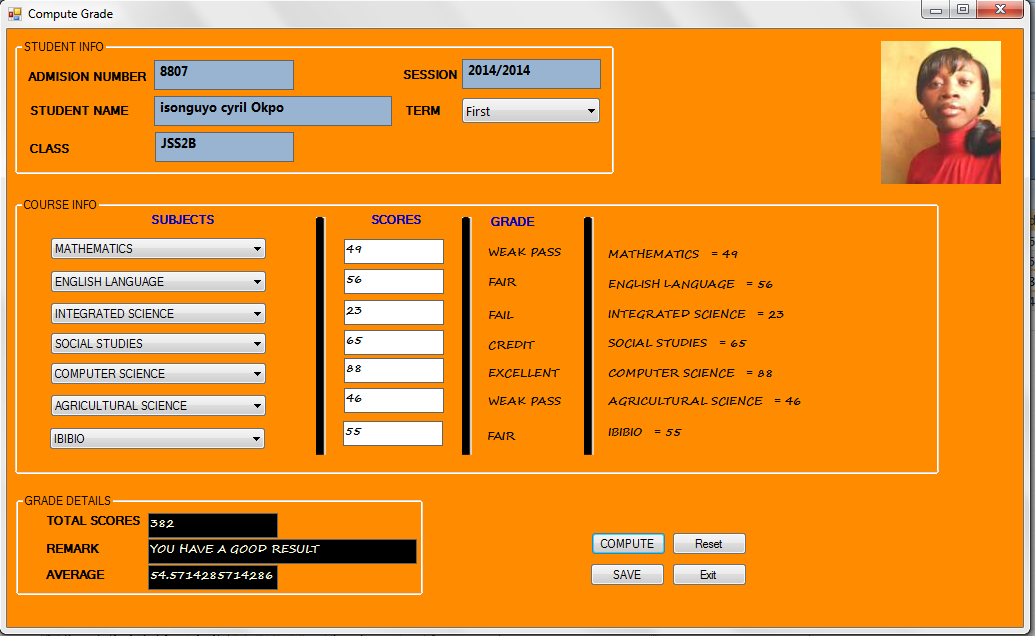

MICROSOFT VISUAL BASIC FOR APPLICATIONS LOCALIZED HOW TO
This Microsoft Visual Basic for Applications (VBA) macro shows how to use the Cells property to get a particular ShapeSheet cell by its name. Use the CellsU property to get a Cell object by using the cell's universal name. Use the Cells property to get a Cell object by using the cell's local name. (In prior versions, universal names were not visible in the user interface.)Īs a developer, you can use universal names in a program when you don't want to change a name each time a solution is localized. Beginning with Microsoft Office Visio 2003, the ShapeSheet spreadsheet displays only universal names in cell formulas and values. When a user names a shape, for example, the user is specifying a local name. Where xxx is one of these cells: Label, Prompt, SortKey, Type, Format, Invisible, or Ask.īeginning with Microsoft Visio 2000, you can use both local and universal names to refer to Visio shapes, masters, documents, pages, rows, add-ons, cells, hyperlinks, styles, fonts, master shortcuts, UI objects, and layers. Use this statement to access other cells in the row: vsoCell = vsoShape.Cells("Prop.Row_1.xxx") Use this statement to access the first cell in this row (the cell in column zero, which holds the name of the row): vsoCell = vsoShape.Cells("Prop.Row_1")

Next, assume that Row_1 is in the Shape Data section instead of the User- Defined Cells section. Use this statement to access the prompt cell in Row_1: vsoCell = vsoShape.Cells("User.Row_1.Prompt")

Use the Cells property to access cells in named rows.įor example, if "Row_1" is the name of a row in a shape's User-Defined Cells section, you can use this statement to access the first cell in this row (the cell in column zero, which holds the name of the row): vsoCell = vsoShape.Cells("User.Row_1") The cells in a shape's User-Defined Cells and Shape Data sections belong to rows whose names have been assigned by the user or a program. Use the CellExists property to determine if a cell with the name "somestring" exists. Parameters NameĬells ("somestring") raises an "Unexpected end of file" exception if "somestring" does not name an actual cell. Cells ( localeSpecificCellName)Įxpression A variable that represents a Shape object. Returns a Cell object that represents a ShapeSheet cell.


 0 kommentar(er)
0 kommentar(er)
